Today (April 12, 2022) marks 114 years since the first Great Chelsea Fire in Boston, Massachusetts, in 1908. (That Chelsea fire is called the first Chelsea Fire because of a second fire in Chelsea in October of 1973.) On June 6, 1908, less than two months after the Great Chelsea Fire of 1908, a postcard company called Souvenir released a book titled Souvenir Book of The Great Chelsea Fire. The short book began with a description of the harrowing events in Chelsea on the morning of April 12, 1908, before presenting 34 photographs of the fire and its aftermath. You can peruse the entire book on Project Gutenberg.
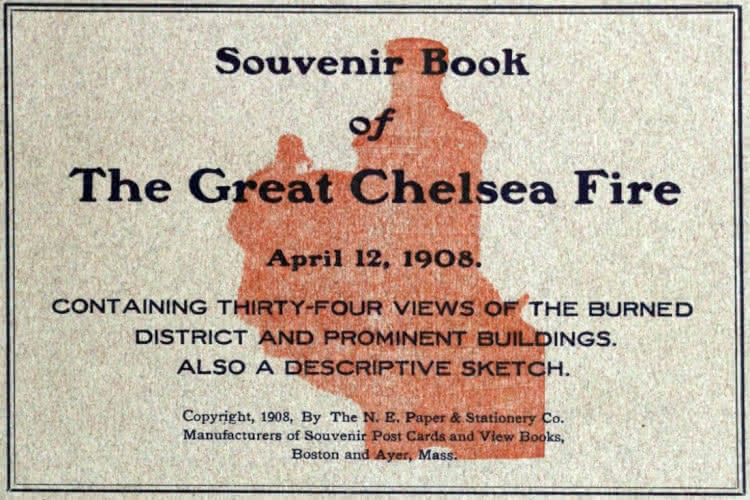
In this post, I will present a summary of the events of The Great Chelsea Fire along with a few of the 34 photographs from the book’s collection.
The Book’s Summary of the Fire
While the exact origin of The Great Chelsea Fire is unknown, firefighters first responded at the site of the Boston Blacking Co. at about 11a.m. on April 12, 1908.

The book notes that the fire department responded expeditiously and put out the fire while largely preserving the Boston Blacking Co. building.
However, while the building where the fire originated was saved, other buildings were less fortunate – “the forty-mile gale that was blowing at the time carried sparks from the fire to nearby houses, and soon all the frame buildings in that vicinity were ablaze.”
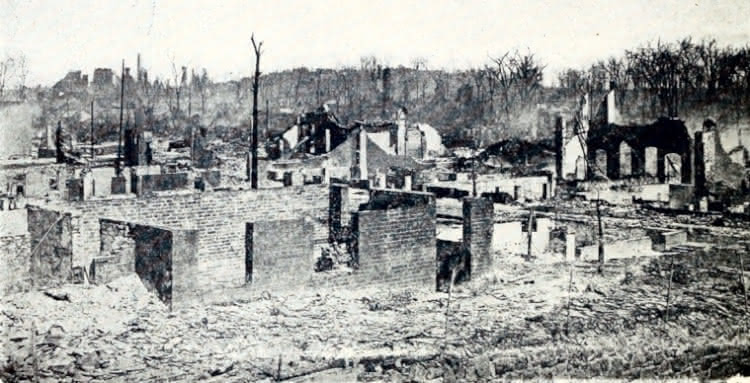
The fire grew rapidly as it spread eastward after reaching the houses, “and despite the best efforts of the [fire] department, [it] was soon beyond control.” Chelsea received aid from neighboring cities, but due to the scope of the blaze, the best that they could accomplish was to contain it within the city limits. The fire was only stopped when it had traveled so far east that it reached the Mystic River.
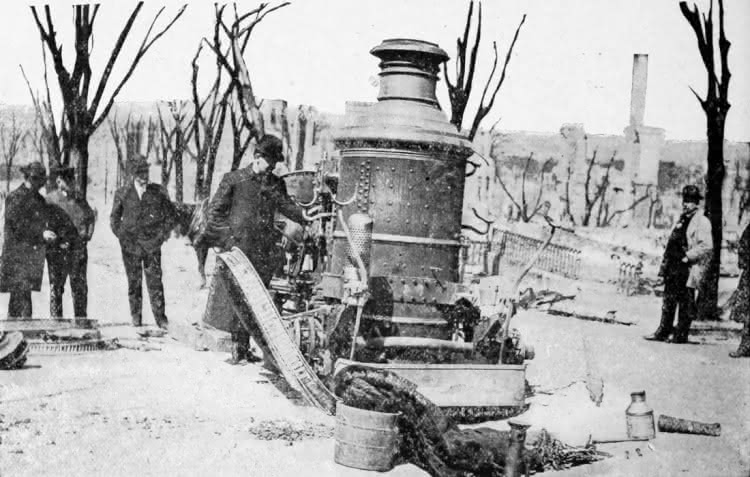
The damage caused by the first Great Chelsea Fire was immense:
Almost the entire business section on Broadway was destroyed, the northern boundary of the fire on Broadway being the Boston & Maine R. R. tracks, and the southern Boundary Chelsea Square. Between those two points on Broadway almost all the retail business of the city was done.

Many notable buildings were destroyed in the fire:
Among the more prominent public buildings that were destroyed are the City Hall, Y. M. C. A. Building, Odd Fellows Building, Chelsea Savings Bank, and County Trust Co. buildings. The number of buildings destroyed is estimated at about 1500, while between 10,000 and 12,000 people were rendered homeless.

The Souvenir did not note that nineteen people lost their lives in the fire.
The Immediate Aftermath
The Souvenir book is a valuable resource not only for its remarkable collection of photographs, but also because it was written while Chelsea was still in the very early stages of recovering from the fire and many of its residents were still without homes.
Within two weeks after the fire, Lee Higginson & Co., who were financial agents for the official relief committee had received almost $300,000, and many thousands of dollars more were given directly by employers of the burnt-out families, and by fraternal organizations such as Knights of Columbus, Knights of Pythias, Odd Fellows, Elks, Eagles and many others, almost all of which established relief headquarters at once. The central relief committee immediately opened relief stations at the new High School building and at Lincoln Hall, and thousands were fed at these two places daily.
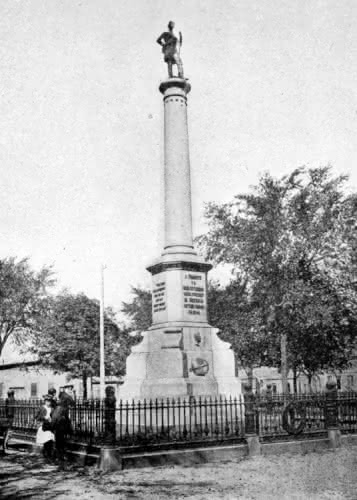
In June of 1908, many of the victims of the fire were still struggling to get by and patch their lives together after losing their homes, businesses, schools, and churches.
A List of Prominent Buildings Lost
The Souvenir book concluded with a list of notable buildings that were destroyed by the fire.
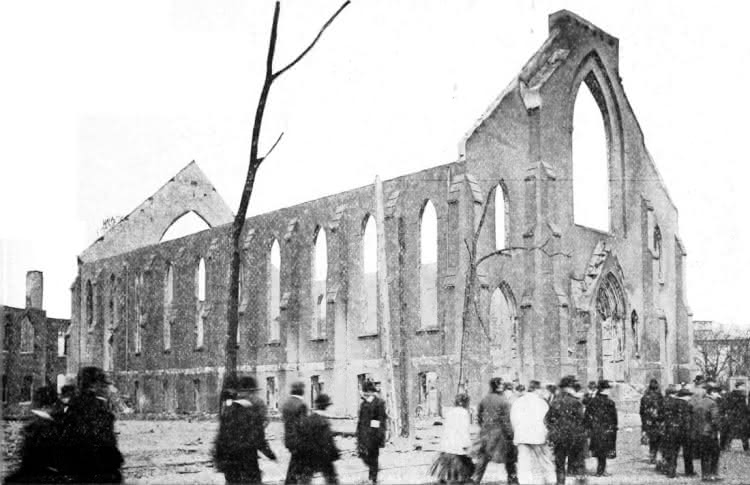
You will find the list re-printed below:
| Churches/Synagogues | Schools | Prominent Buildings |
| Central Congregational Church | Williams Grammar | City Hall |
| St. Rose Catholic | Frank B. Rose | Y. M. C. A. Building |
| First Universalist | Shurtleff | Odd Fellows Building |
| First Unitarian | Bellingham | Chelsea Trust Co. |
| First Baptist | Broadway | Chelsea Saving Bank |
| Polish Catholic | Highland | Granite Block |
| Bellingham M. E. | City Hall | State Armory |
| St. Luke’s Episcopal | Shawmut St. | Public Library |
| Several Synagogues | Parochial | County Savings Bank |
Conclusion
The Great Chelsea Fire of 1908 was a genuine disaster, destroying much of a growing community, rendering thousands homeless, and claiming 19 lives. In the aftermath of the fire, Chelsea reassessed its building codes and fire safety standards. The Great Chelsea Fire of 1973, a disaster in its own right, caused significantly less damage than the fire from 65 years before. I recommend reviewing the book upon which I based this article for higher resolution versions of the photos that I included here and a number of photos that I did not post in this article.